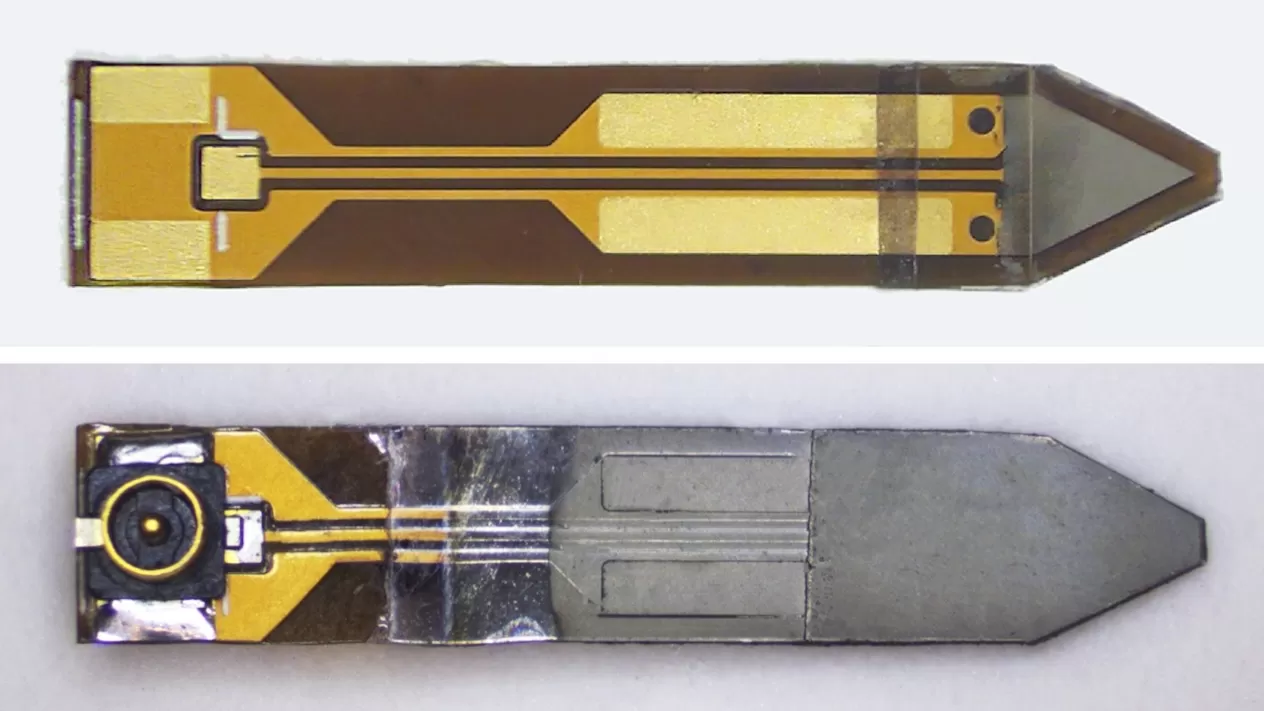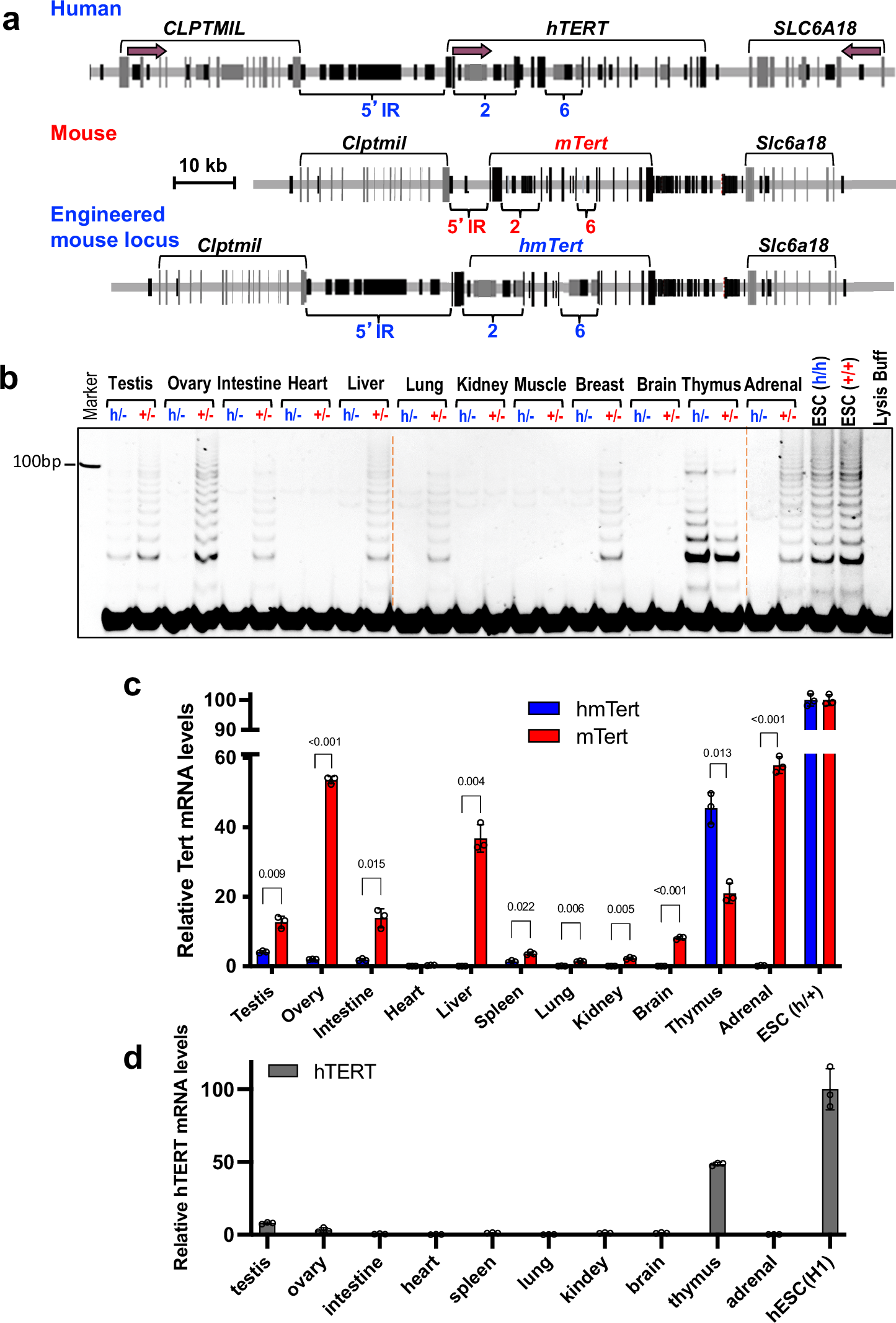2025-02-04 ノースカロライナ州立大学 (NC State)
<関連情報>
- https://news.ncsu.edu/blog/2025/02/04/case-study-bartonella-babesia-co-infection-in-family-associated-with-neurological-illnesses/
- https://www.mdpi.com/2076-0817/14/2/110
ワンヘルスによる人獣共通感染症ベクター媒介性感染症の家族内発生調査 A One Health Zoonotic Vector Borne Infectious Disease Family Outbreak Investigation
Edward B. Breitschwerdt,Ricardo G. Maggi,Charlotte O. Moore,Cynthia Robveille,Rosalie Greenberg and Emily Kingston
Pathogens Published: 23 January 2025
DOI:https://doi.org/10.3390/pathogens14020110

Graphical Abstract
Abstract
This study reinforces the value of a One Health approach to infectious disease outbreak investigations. After the onset of neuropsychiatric symptoms in their son, our investigation focused on a family composed of a mother, father, two daughters, the son, two dogs, and a rabbit, all with exposures to vectors (fleas and ticks), rescued dogs, and other animals. Between 2020 and 2022, all family members experienced illnesses that included neurological symptoms. Prolonged menorrhagia (130d) in the youngest daughter ultimately resolved following antibiotic administration. One dog was diagnosed with a splenic hematoma and months later spinal histiocytic sarcoma. The father, both daughters, and one dog were seroreactive to multiple Bartonella spp. antigens, whereas the mother and son were not seroreactive. Bartonella quintana DNA was amplified from specimens obtained from all family members. Based upon DNA sequencing, infection with B. quintana was confirmed for the mother and both pet dogs. Bartonella henselae DNA was amplified and sequenced from the youngest daughter, the son, and one dog (co-infected with B. quintana), and from Ctenocephalides felis collected from their pet rabbit. All five family members and one dog were infected with Babesia divergens-like MO-1. Both parents were co-infected with Babesia microti. Droplet digital PCR supported potential infection with a Borrelia species in three family members. This study provided additional case-based evidence supporting the role of stealth Babesia, Bartonella, and Borrelia pathogens as a cause or cofactor in neurological and neuropsychiatric symptoms. We conclude that a One Health investigation approach, particularly for stealth vector borne pathogens such as Babesia, Bartonella, and Borrelia spp., will enhance clinical and epidemiological understanding of these organisms for animal and human health. During outbreak investigations it is critical to document travel and vector exposure histories, symptoms, and pathology in pets and human patients, contact with rescued, wild, or feral animals and perform diagnostic testing that includes family members, pets, and vectors.


